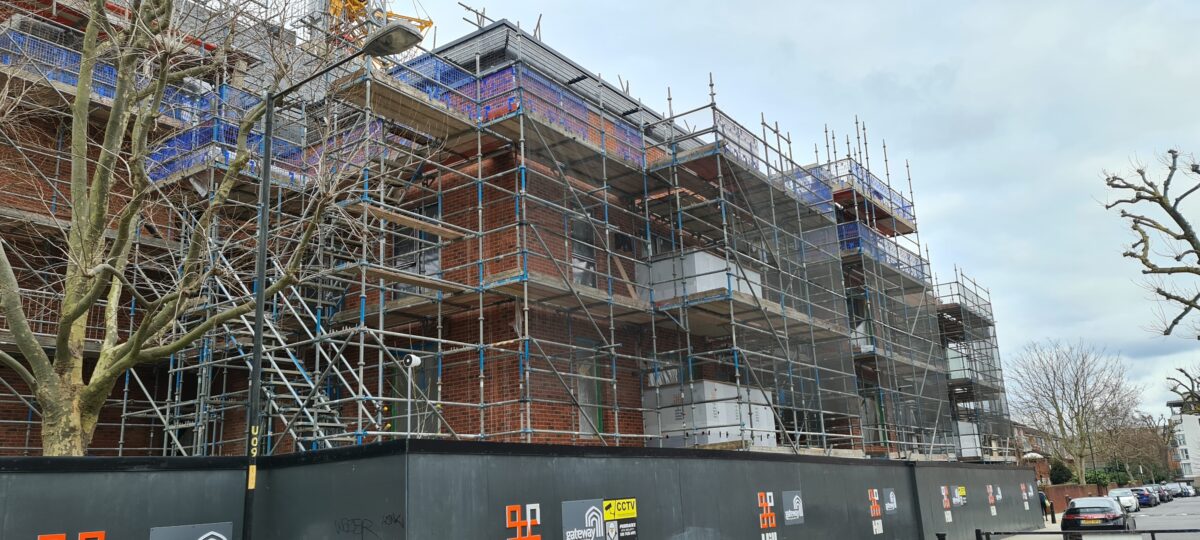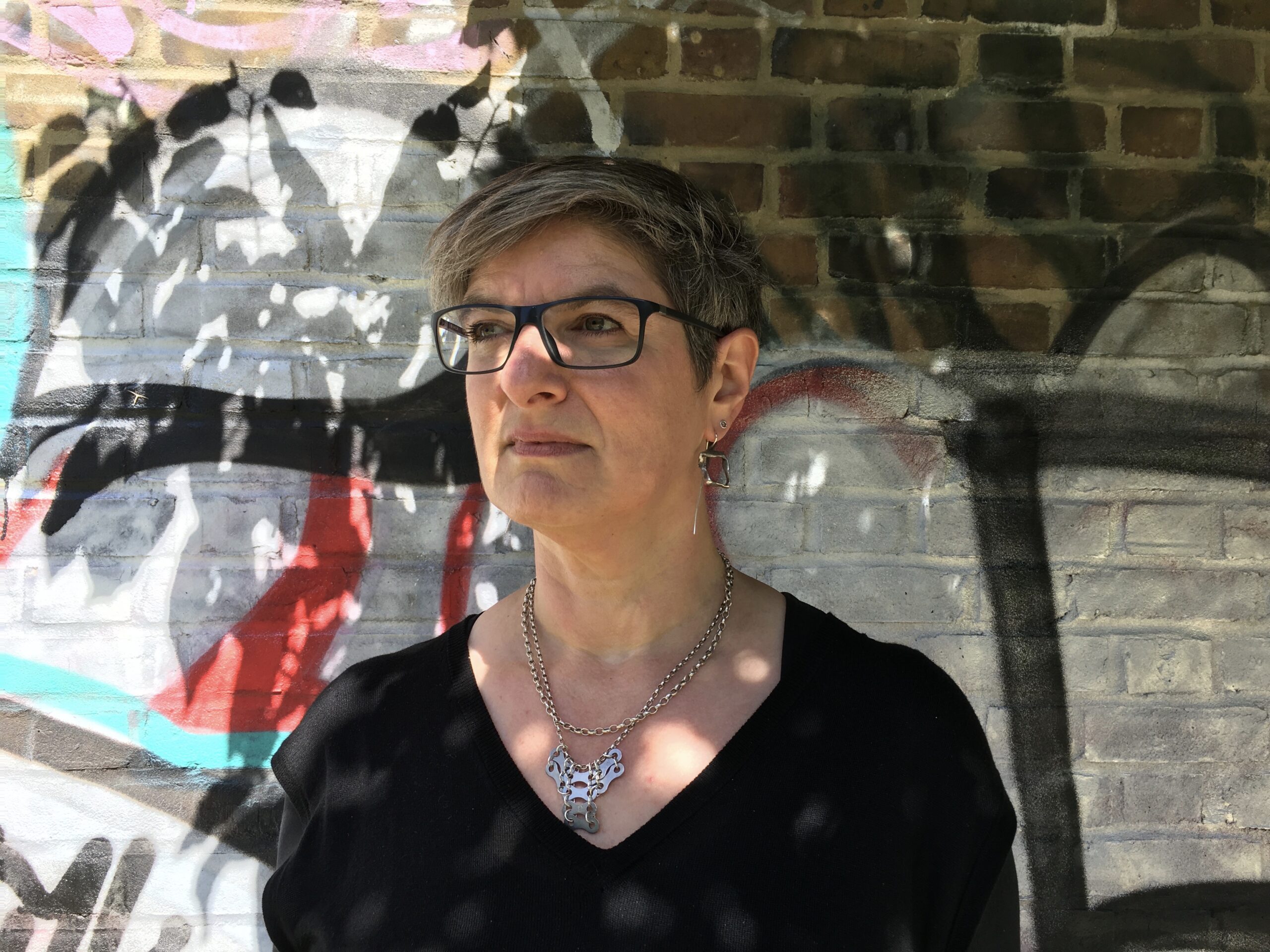The UK is in the midst of a housing crisis that isn’t going away anytime soon, with the pandemic only exacerbating this problem and leaving people struggling financially. Whilst we are seeing strong levels of first time buyers get onto the property ladder, simultaneously nearly 1 in 5 (18.7%) of households are occupied by private renters, with a further 16.7% of households occupied by social renters.[1] This is a huge proportion of the population, and whilst we are working to increase access to homeownership, it’s important that those who are currently renting are not left behind.
At MTVH, it is part of our DNA to support people at all levels and provide a quality home. Whilst we offer a dedicated shared ownership through our SO Resi brand, we also support those who are renting. For example, in London we offer London Living Rent which is a form of ‘try before you buy’ and allows Londoners to rent whilst building up savings to buy a home.
But let’s start with shared ownership.
Shared ownership is needed in society, as it provides an affordable opportunity for people to have access to a stable, well-located home. My personal belief in shared ownership is firmly rooted in my own experience – it’s not only how my wife and I were able to buy our first home, but also how my parents were able to get onto the property ladder after moving to the UK in the 1960s. My story is not unique and so many of my colleagues at MTVH have similar anecdotes about how shared ownership has given them the security of homeownership, which we know helps to open other doors to improve overall quality of life.
Our dedicated shared ownership brand SO Resi recently published a research report in conjunction with Cambridge University that looked at the shared ownership market in 2020. Perhaps most significantly, our research showed that since 2015/16, the number of shared ownership completions per year has increased from just 4,084 to 17,021. But it’s important to understand why shared ownership is taking centre stage for young buyers.
A combination of staggering house price growth, increasingly high deposits and a lack of lower loan to value mortgage options has led to aspiring homeowners moving away from the open market and utilising government products such as shared ownership. Whilst the government’s new 95% mortgages may work to address some of these problems, for many people a five per cent deposit on the open market is still out of reach.
Our research also revealed data sets surrounding the proportion of those who staircase each year. There is a misconception that those in shared ownership homes will never staircase, but our research shows that on average between 2-3% of shared owners staircase to 100% ownership each year. Staircasing isn’t possible for all shared owners, but the flexibility of shared ownership means individuals can make the scheme work to suit them – whether that’s living with a 25% ownership or working to increase your shares over a period of time.
Shared ownership has been around for decades, and the government’s plans to amend the product simultaneously presents both opportunities and concerns. Many of those who took part in our research specifically raised concerns around changes that will allow buyers to purchase a minimum 10% share rather than the current minimum of 25%. Housing providers will also be responsible for repairs for 10 years, leading to an increased financial commitment from providers.
There is no denying that these changes are advantageous for the buyer, and will open the doors even wider to homeownership. However, those surveyed believe the shift in responsibility of repairs will reduce the supply of homes that they are able to build. If the level of affordable homes available drops, this will worsen our current housing crisis and plunge more people into difficult situations when it comes to finding a home.
We know that a good home and environment are key in ensuring that everyone has the chance to live well. But homeownership isn’t possible for everyone – and whilst shared ownership increases access, there are still those who rely long-term on renting, whether privately or through a social housing provider.
To solve the housing crisis, we need to offer solutions that deal with different challenges, which vary as people need homes to rent and to buy. Instead of pitting one tenure against another, we need to collaborate and support those who do depend on the rented sector. Rent prices are rising and this is leaving a generation of people locked in paying high rent prices with no possibility of saving, either for a house deposit or to improve their quality of life.
Long-term, we need some clarity on solving the housing crisis as simply launching temporary schemes isn’t enough anymore – we need real policies that tackle the problems faced by young people today to ensure they can continue to get onto the property ladder at an affordable price in their preferred area.
In the current economic climate, shared ownership demonstrates its importance by supporting people to grow and start their families, put down roots and enjoy the benefits of homeownership without having to find the astronomical deposits required to buy on the open market. Like any product, shared ownership isn’t perfect, nor is it the single solution to the housing crisis, but it is an incredibly important offering that bridges the gap between renting and full ownership.
[1] https://www.statista.com/statistics/286444/england-number-of-private-rented-households/



